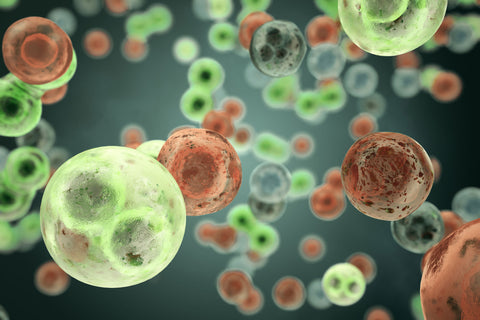CHO Cells: The Unsung Heroes of Biopharmaceuticals
In the vast realm of biotechnology and drug development, there are silent workhorses that play a pivotal role behind the scenes. One such workhorse, widely recognized yet seldom celebrated outside of scientific circles, is the Chinese Hamster Ovary cell, or more commonly known as the CHO cell. These mammalian cells have proven instrumental in the biopharmaceutical industry, primarily for producing therapeutic proteins. Here’s a closer look into the fascinating world of CHO cells and their unparalleled significance.
Historical Background
Originating from the ovary of the Chinese hamster in the 1950s, CHO cells began their journey in genetic studies rather than drug development. Little did researchers know then that these cells would evolve into indispensable assets for biomanufacturing therapeutic agents.
Advantages of CHO Cells
Several characteristics make CHO cells the top choice in biopharmaceutical production:
- Human-like Protein Modifications: Proteins undergo various modifications after being synthesized, and these post-translational modifications can be crucial for their function. CHO cells excel at introducing modifications, such as glycosylation, that are strikingly similar to those in the human body, ensuring the therapeutic proteins are functional and well-tolerated.
- Safety Profile: Given their longstanding use, CHO cells have demonstrated a safety track record. They naturally lack certain viruses, minimizing the risks of viral contamination in therapeutic products.
- Genetic Pliability: CHO cells are genetically malleable, making them amenable to modifications that enhance their protein production capabilities.
- Scalability: One of the fundamental requirements of commercial drug production is scalability, and CHO cells fit the bill. They thrive in large bioreactors, ensuring high yields of proteins.
The Role of CHO Cells in Therapeutic Protein Production
The process of leveraging CHO cells for protein production follows systematic steps:
- Gene Introduction: The journey begins with introducing the gene encoding the desired therapeutic protein into CHO cells. Techniques like viral transduction or electroporation facilitate this gene insertion.
- Selection: Post-gene introduction, it's imperative to select cells that have integrated the gene correctly. This is typically achieved using markers that allow only successfully transformed cells to survive under certain conditions.
- Optimization: Through rigorous cultivation and refinement processes, high-producing cell lines are derived. This involves both genetic and environmental modifications to boost protein yields.
- Mass Production: These optimized cell lines are cultivated in bioreactors, leading to the large-scale production of therapeutic proteins. Subsequent harvesting and purification processes yield the final drug product.
Conclusion
While patients might recognize brand names and therapeutic effects, the integral role of CHO cells often remains in the shadows. However, for scientists and biotechnologists, these cells are revered heroes. As biopharmaceutical research advances, the reliance on CHO cells will likely grow, underscoring their irreplaceable role in driving healthcare forward.










